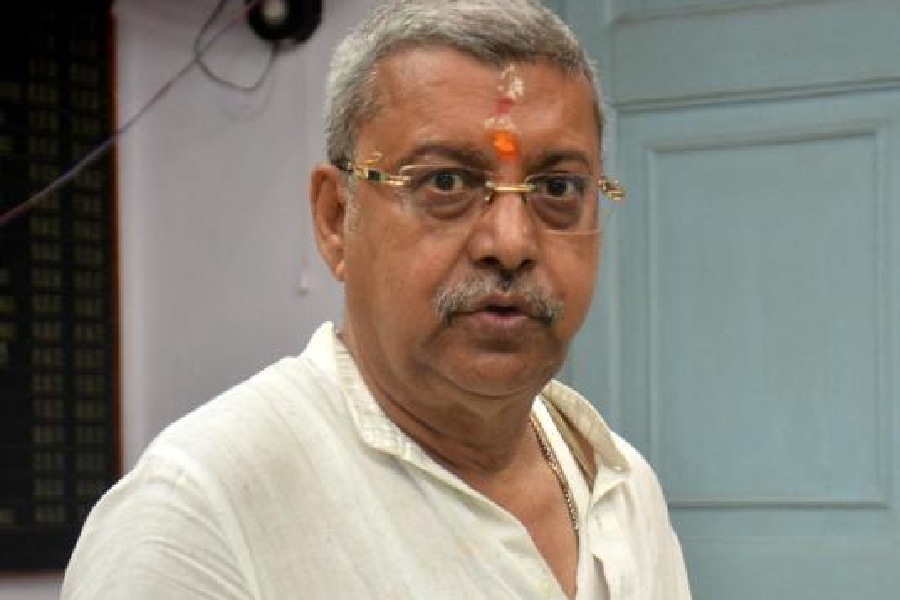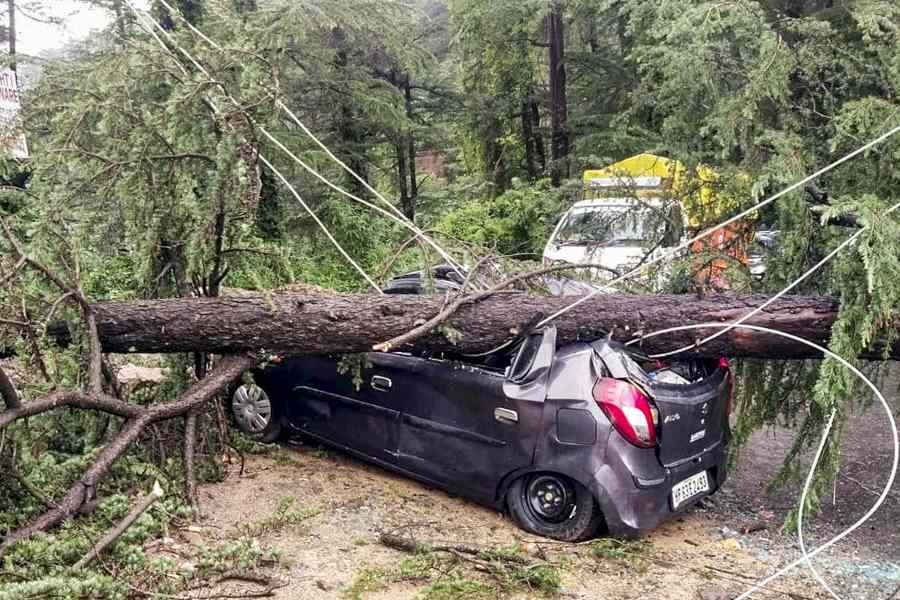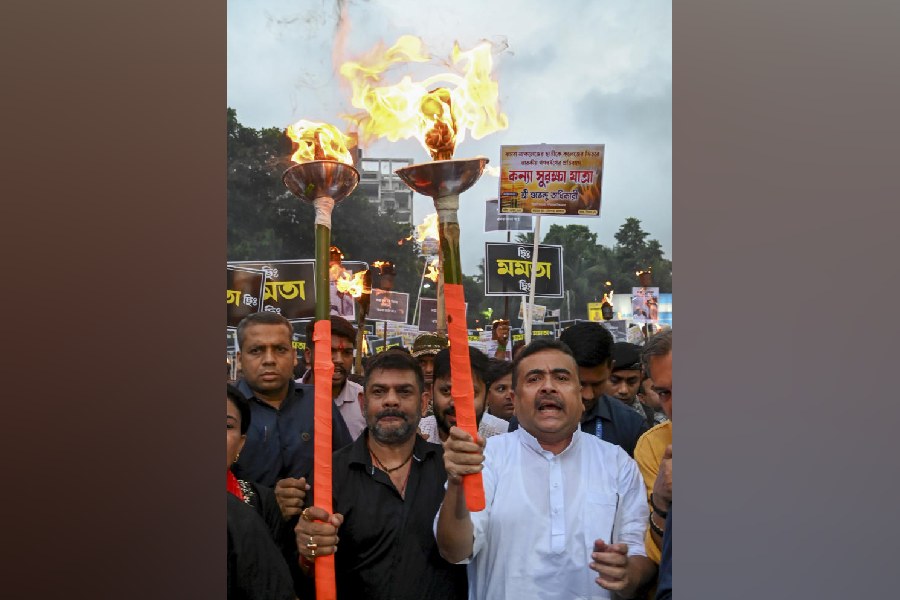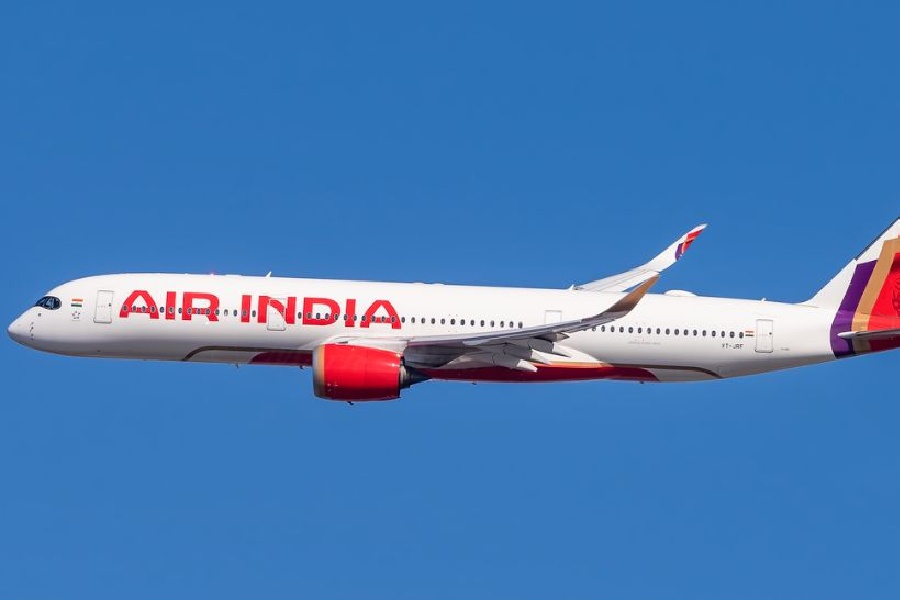 |
| Photo: Mandy Soin/ ibex expeditions |
Our five-day trek in Bhutan began from Paro, and went along mountain ridges and passes to end at Thimpu, the capital of Bhutan. Hundreds of prayer flags dotted every mountain along our path. Chants of om mani padme hum echoed in the hills and valleys, permeating the ominous nimbus which made its presence felt despite the thick veil of mist.
Ours was a classic trek called The Dragon’s Path, not so threatening despite its name, and ideal for families, which was what we were — seven families travelling together as a group under the Ibex Explorers fellowship, organised by Ibex Expeditions, New Delhi. For the more adventurous, there are, of course, many other trekking options in Bhutan, such as the famous Chomolhari trek that goes all the way to the base camp of Mt Chomolhari, or the tough Snowman trek where one can walk for more than a month.
We started from the ancient National Museum in Paro called Ta Dzong and before we knew it, the dampness of the red soil had given way to a forest trail filled with trees laden with moss called Spanish lace.
The forests of Bhutan are magical. Not only is there an air of religion and superstition associated with the chortens and prayer flags but also layers of clouds that lift their veil ever so often to reveal the splendour beneath. Then, miraculously, the sun shines and before you know, you find yourself standing amid a field of purple and yellow azaleas.
Along our path, the lush green of the land was juxtaposed with the red, blue and yellow of Buddhist Dzongs. The architecture of the country is in harmony with nature and blends with the landscape to enhance its own Buddhist identity.
A largely agrarian country, Bhutan’s economy thrives on step farming, and the architecture also reflects the people’s step farming culture. Monastery roofs, for example, are broad at the first level, and make their way upwards in layers.
On the last day of the trek, I spent more time stopping to appreciate the breathtaking views and the waves of dancing rhododendrons. Their magnificence was amplified by the occasional presence of the sun. The mist rose, and I could see the jagged Bhutanese Himalayas. The silhouettes were unique, mesmerising in their uniqueness. As I walked further, round the occasional corner, I could see our previous camp sites.
Looking back upon a journey is always important. It reminds you of where you came from, and of where you are now. I could see our footprints on the landscape measure the passage of time, not only in physical distance but also in relationships built and the simplicity of thoughts that comes with such towering mountains.
Bhutan is one of those moments that slips from your fingers rather fast, for each entity is breathtakingly fascinating. Yet it is also a moment that lasts forever, for it remains etched in your memory for a long time to come.
Need to know
Getting there: By Druk Air to Paro via Kathmandu, or by road through Phuntsholing.
Accommodation: Three-star hotels charge Rs 3,000 daily, all meals included. It is advisable to carry money as travellers’ cheques with some cash in US dollars. A few outlets in Thimpu accept credit cards but with an added surcharge. Foreigners are charged US $200 a day for travelling through Bhutan, though Indians are exempt from paying this amount.
Must-haves: Light wind and waterproof jackets, sun glasses, sun block, passport (or election card, for Indians), camera.
Etiquette: Dress modestly (covered arms, no shorts or short skirts), do not wear a hat at Dzongs or religious complexes. Do not smoke. Walk clockwise around Chortens (stupas) and Mani (prayer) walls.
Photography: Photography is usually permitted in public areas, but not in religious premises.
The indian embassy: Can be contacted at India House Estate, Thimpu, Bhutan. Ph: 00-975-2-322162; Fax; 00-975-2-323195; email: hocbht@druknet.bt; Website: www.eoiThimpu.org











